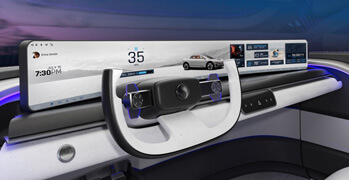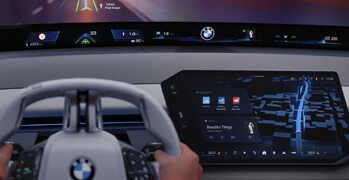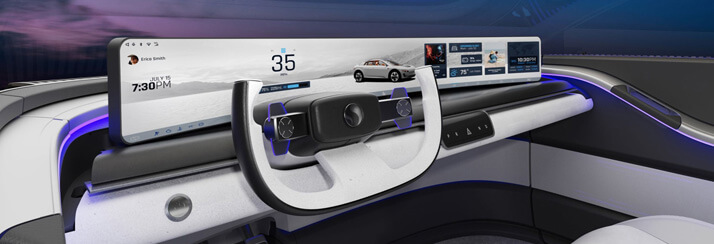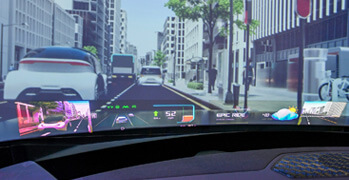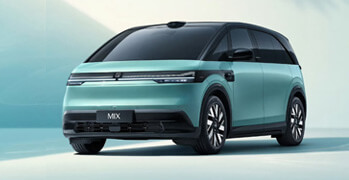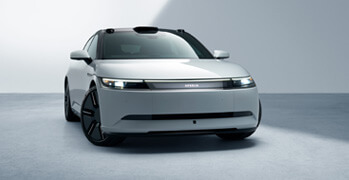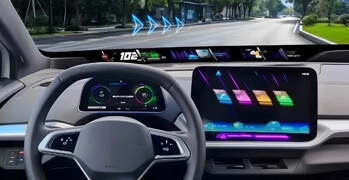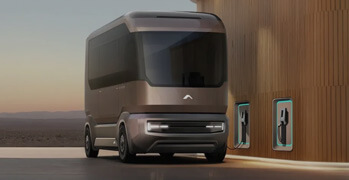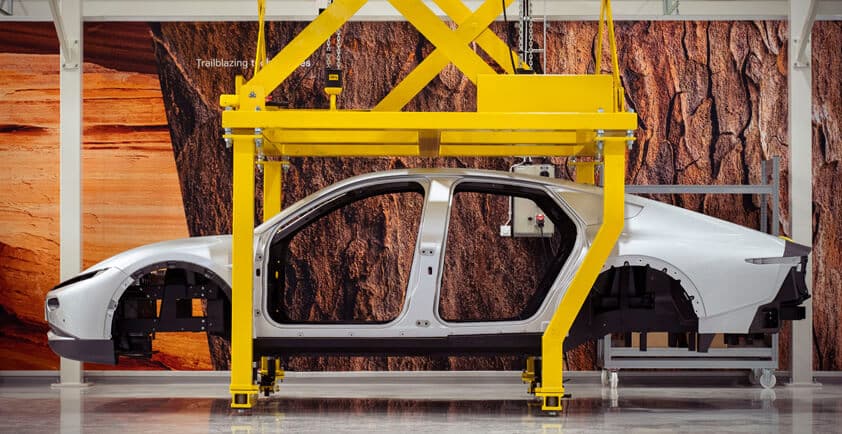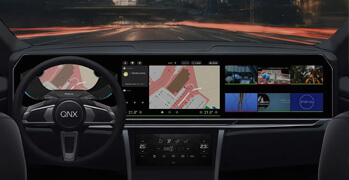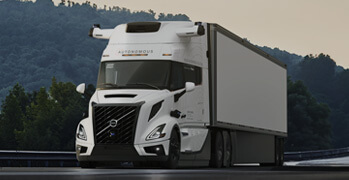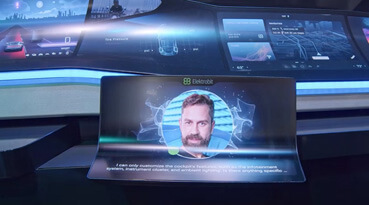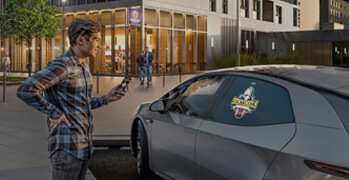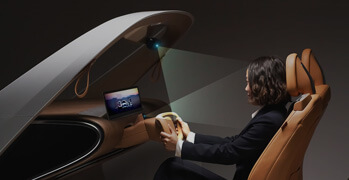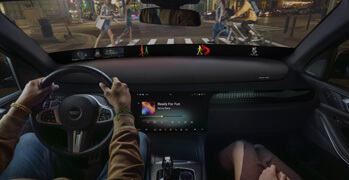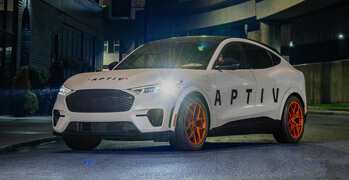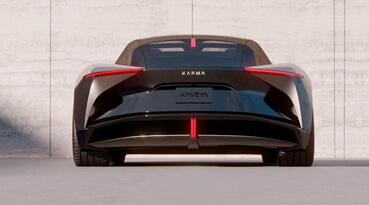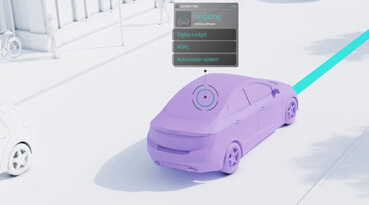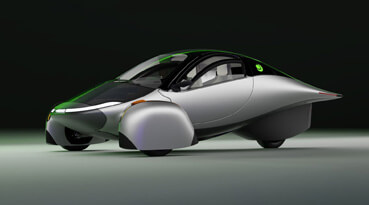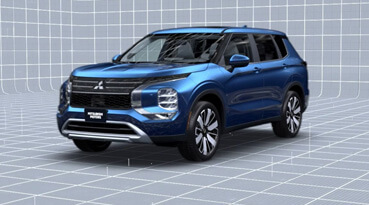
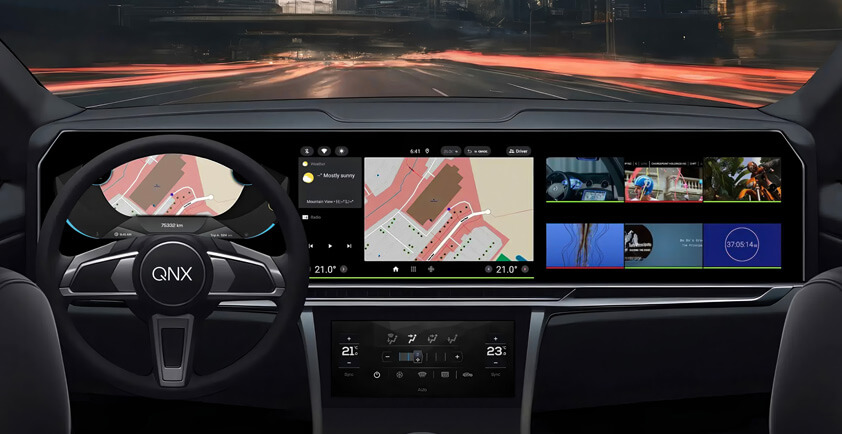
QNX LAUNCHES INDUSTRY-FIRST AUTOMOTIVE SOFTWARE SOLUTION TO ACCELERATE DIGITAL COCKPIT DEVELOPMENT
>> QNX Cabin simplifies the building of high performance, software-defined digital cockpits for cutting edge in-vehicle experiences
>> Speeds time-to-market, boosts global developer collaboration, and cuts software development costs
>> Major APAC-based OEM selects QNX Cabin to develop its next generation digital cockpit in the cloud
CES, LAS VEGAS – QNX, a division of BlackBerry Limited, today launched QNX® Cabin, an innovative framework that allows OEMs to virtualize the development of sophisticated digital cockpits in the cloud. Cloud-based development allows architects and developers to "shift left", designing testing and refining every line of code in the cloud before easily porting it to production System on Chip (SoC) hardware. This cloud-first approach means teams can seamlessly collaborate across different locations, speeding up development workflows, streamlining processes and improving overall time-to-market.
Digital cockpits are the cornerstone for in-car experiences in Software Defined Vehicles (SDVs). They encompass a multitude of functionalities such as the infotainment system, climate and comfort control, Advanced Driver Assistance Systems (ADAS) and the digital instrument cluster. However, integrating disparate complex software systems into one cohesive hub, added to the increasing demand from end users to deliver new features and functionalities over the lifecycle of the vehicle, has resulted in an incredible amount of pressure on OEMs. Existing solutions create silos during development, with no real ability to collaborate or scale.
Putting Innovation at the Heart of Automotive Design
QNX Cabin solves the problem of developing in mixed criticality environments, blending safety-critical features (e.g. Advanced Driver Assistance Systems) running on the safety certified QNX® Operating System (OS) with consumer applications delivered via guest operating systems including Android Automotive and Linux. QNX Cabin leverages virtualization and the industry standardized VirtIO interface to deliver these environments, reducing dependencies on hardware and providing greater scalability. It avoids redundant development cycles after OS updates while maintaining a safe and secure development environment, regardless of whether the development takes place on an SoC test bench or in the cloud. This allows OEMs to take control of their own software, spending more time delivering a continuous stream of innovations and less time struggling with software integration and hardware-specific interfaces.
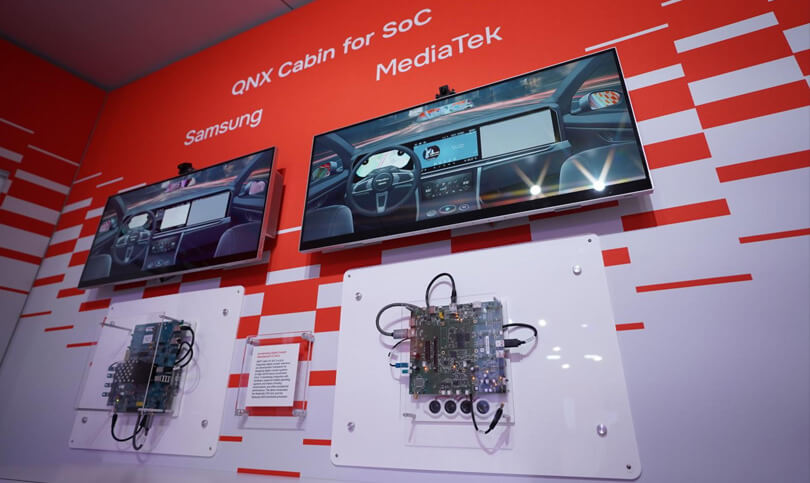

"Designing, developing and maintaining a digital cockpit is challenging, especially for globally deployed engineering organizations that rely on cloud-based development but still need safety, security and reliability," said John Wall, Chief Operating Officer and Head of Product, Engineering and Services at QNX. "We are committed to reducing developer friction, accelerating time to market, and enabling the creation of next generation software defined automotive experiences. QNX has built a legacy of trust and expertise across industries, including over two decades in automotive software. Today, we combine this foundation with a cloud-first embedded development approach to meet the evolving needs of our customers."
Simplifying the Design and Testing Process in the Cloud
QNX Cabin is an industry-first cloud-enabled, SoC and hardware agnostic digital cockpit reference platform using the VirtIO open standard. With a major APAC-based OEM already signed up to leverage the solution to drive scale, cost and time efficiency in its cloud-based development efforts, the platform's architecture allows for modular integration, enabling automakers to easily leverage software from an ecosystem of partners and vendors, customizing and scaling features according to their needs. This flexibility extends to the support for various input methods, including touch, voice, and gesture controls, enhancing user interaction and accessibility.
QNX Cabin demos available at CES
QNX will be demonstrating integrations of QNX Cabin with a number of ecosystem partners at CES, including Seeing Machines and dSPACE. Seeing Machines is the first company to integrate its Driver Monitoring System (DMS) technology with QNX Cabin. Its advanced algorithms enable OEMs to monitor for driver drowsiness and distraction, mitigating risks associated with unsafe driving and ensuring compliance with emerging global safety regulations. QNX will also be showcasing how the software-in-the-loop tool-suite from dSPACE can deliver seamless data playback to QNX Cabin, supporting ongoing activities for OEMs and Tier1s to improve their continuous integration and delivery/deployment (CI/CD) processes, helping them to replicate and debug any issues identified during development and create sophisticated vehicle-dynamics- and traffic-simulations to enhance testing of corner cases.
